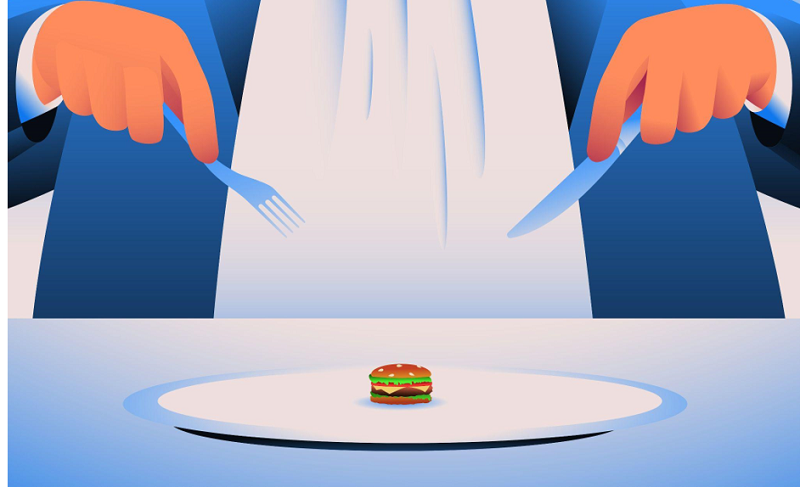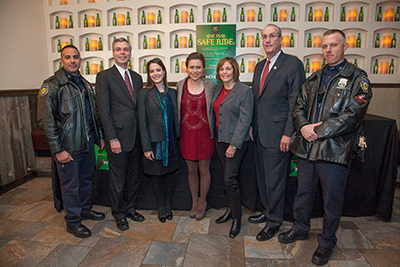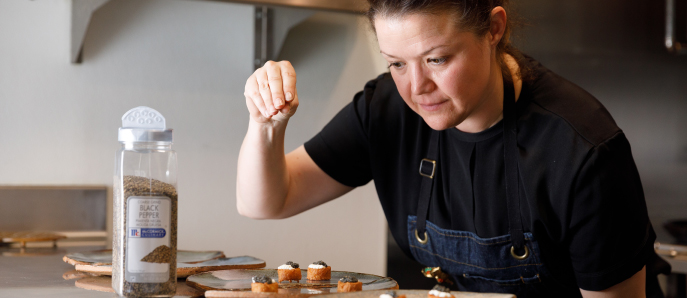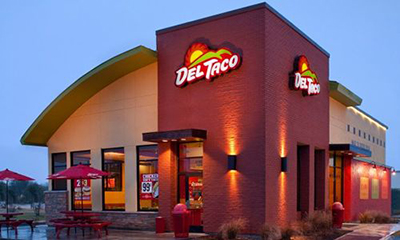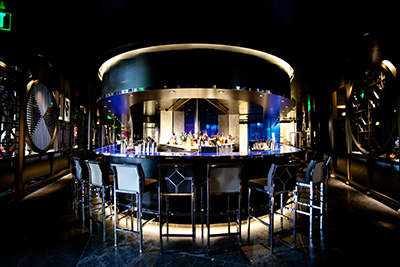Shrinkflation is an interesting term in economics. It pertains to the practice of maintaining the sticker price of a product while reducing the size of the offering. It’s particularly notable in restaurants, grocery stores, and fast-food establishments.
The 2020s have been characterized by steadily rising prices and an attendant decrease in the size of the food offerings we receive. Consumers consider it as a double insult.
Picture the scene: You’re celebrating a new job, enjoying a date night, or simply treating yourself to a night out on the town. You might have selected your favorite restaurant or any other fine-dining establishment, only to find that the price of the meal is the same, yet there isn’t much food on your plate.
Companies are notorious for this practice because it allows them to surreptitiously increase profit margins, or at the very least maintain them, without incurring any increase in input costs.
Fortunately, a coupon app may be the solution you’re looking for. But before we elaborate on this topic, it’s worth understanding why companies employ shrinkflation-style conduct.
What is Shrinkflation, and How Does it Work?
Shrinkflation is a strategy by restaurateurs, retailers, vendors, manufacturers, or suppliers to reduce product size while maintaining the same price. They do this to maintain profitability in an inflationary climate.
Of course, companies could increase or maintain the portion sizes of their servings, but they’d have to charge more for it because the input costs are rising. Companies understand the importance of price elasticity of demand, particularly when eating out.
Restaurants, takeout, and grocery stores enjoy diminishing income elasticity in that particular order. In other words, when the budget strings tighten, people eat less food at restaurants and takeout establishments and tend to shift their purchases to grocery stores.
It’s difficult to gauge the impact of inflation pressures on restaurant offerings when slight degrees of portion size changes are made. This shrinkflation may not be noticeable to consumers, but it certainly affects the restaurant’s or fast-food outlet’s bottom line, which can save costs and remain competitive.
How Coupons Apps Target Shrinkflation?
Without healthy inflation rates, economies tend to stagnate. The Fed has targeted an inflation rate of 2%. Inflation drives the prices of inputs up, which invariably gets passed onto consumers through higher prices.
Since restaurants, grocery stores, gas stations, and other types of establishments are loath to appear more expensive than their competitors, they adopt certain practices to remain competitive.
Coupon apps are game changers. They allow consumers to become part of a large network of retailers and consumers vying for the best deals on the market. When competition is fearsome, prices tend to be competitive. That’s where customers can get the best deals at restaurants, grocery stores, and gas stations.
Among the best coupon apps on the market, it’s possible to find products and services offered by 50,000+ businesses. The value proposition of these coupon apps is that they offer cashback to customers, and if you’ve connected a rewards credit card to your app, you’re scoring even more cashback. Exploring these offerings is important because when money is tight, cashback is king.
Here’s the kicker: Even if prices are higher, customers can pick the right size portions that have not been subjected to Shrinkflation while enjoying cashback benefits that nullify the raised prices. Now that’s a winning recipe!



